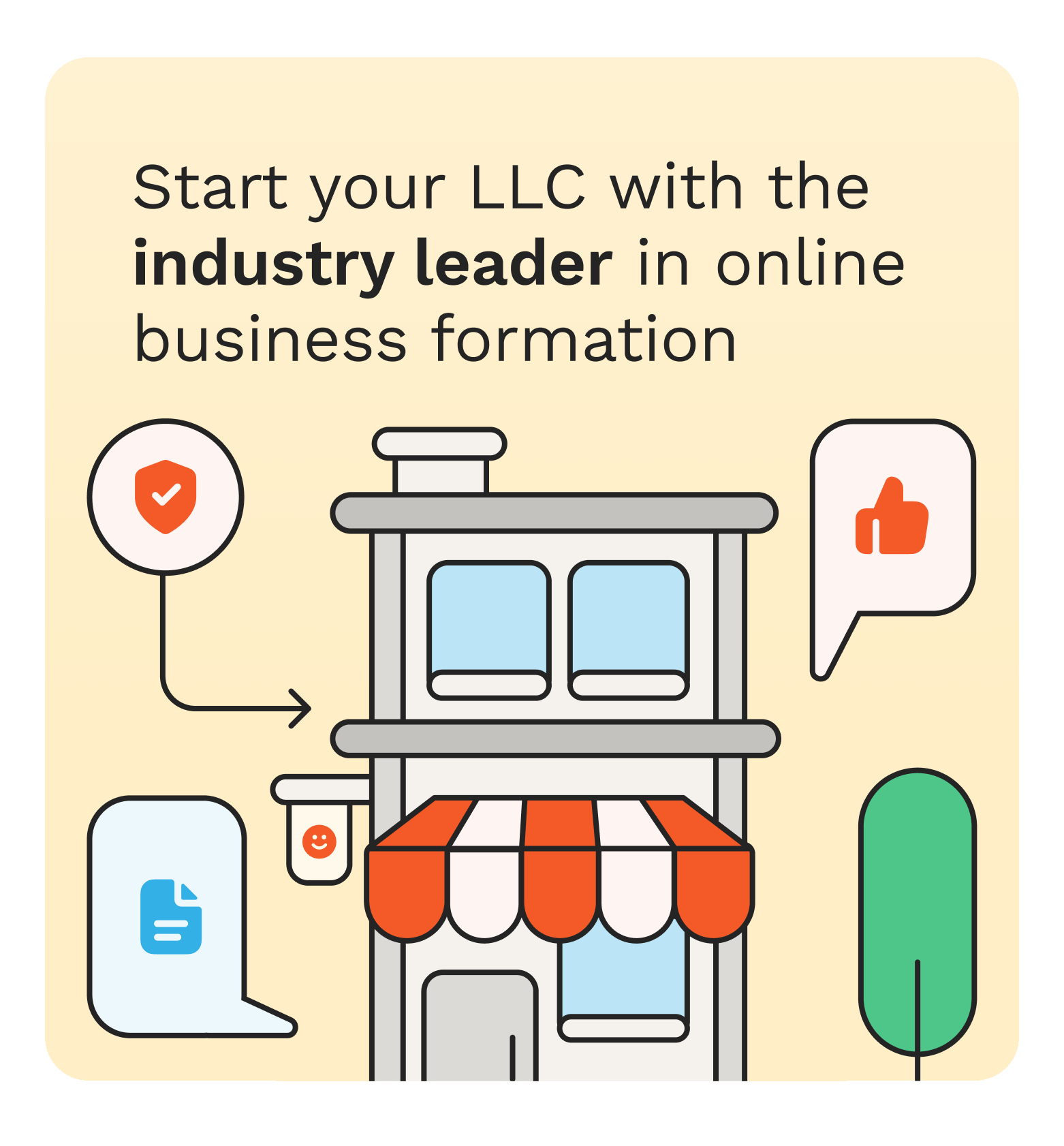Customers expect you to protect their data, full stop. This means that if something feels off about the way you use their data, they’ll walk; they don’t care if you’re still updating policies or waiting on legal reviews. At the same time, regulators around the world are pushing stricter privacy rules with shorter implementation windows.
Your legal team isn’t the only one who should care about these changes; if you’re an executive, data privacy now affects every part of the business, from how you handle vendor contracts to how you define long-term strategy.
Here are four data privacy trends you can expect in 2025 that are set to reshape how companies like yours operate.
1. New Global Regulations Will Hit Faster and Harder
Regulatory activity is accelerating, especially across regions that used to play catch-up to GDPR. Brazil's LGPD and India’s DPDP Act are already tightening expectations, while the U.S. continues its state-by-state privacy patchwork (Utah and Montana are the latest to join the fray). Expect the EU’s Digital Services Act to throw more weight around as well.
However, it's not just about compliance anymore. Investors and partners are scrutinizing your privacy framework as part of ESG scoring and due diligence.
What we're trying to say is that you now need more than policies; ideally, you need audit-ready architecture and a dynamic approach to updates. How do you do this? Start by mapping out your data processing across jurisdictions.
Automate record-keeping wherever possible, and make sure someone on your team owns regulatory horizon scanning (that should probably be a dedicated role).
2. Encryption Is Getting Smarter But Implementation Still Lags
Quantum-resistant encryption is in pilot phases at firms like IBM and being discussed by NIST. But the real story in 2025 is about bridging the gap between available encryption standards and how they’re actually deployed.
Most businesses still rely on outdated protocols, while customers expect their data to be protected with cutting-edge tech, especially in sectors like finance, health, and mobility. Encryption has become baseline hygiene.
So, first, you want to invest in endpoint-to-endpoint encryption with automatic key rotation. Evaluate vendors based not just on their marketing claims, but on whether they support things like zero-trust architecture and fast VPN integrations (Bitdefender is a good example).
3. Cross-Border Data Flow Restrictions Will Get Murkier
The Schrems II decision didn’t just shake up U.S.-EU data transfers; it also left businesses scrambling to figure out what “adequate” safeguards even mean. In 2025, these waters remain murky, and national security concerns have added more tension to international agreements.
China’s Personal Information Protection Law (PIPL) has already placed limits on outbound data flows. Now, more countries are expected to introduce similar restrictions. That means localization requirements, impact assessments, and often... serious delays.
What you can do to keep up is conduct Transfer Impact Assessments (TIAs) as part of every data export process. Start building fallback strategies now for when standard contractual clauses aren’t enough.
4. Employee Monitoring Tools Are Raising Internal Alarm Bells
Today, data privacy concerns aren't just external. Since companies have ramped up employee monitoring under the banner of productivity and security (especially in hybrid work environments), surveillance tech like screen captures, keystroke logging, and location tracking, can easily tip into invasive territory.
Employees are, of course, noticing. According to research, monitoring can lead to increased stress, and therefore job dissatisfaction and higher turnover. What this means for you is that now, you have to manage data privacy expectations not just for users, but your own staff as well.
To keep your team happy, make sure you have a transparent, opt-in-driven internal privacy policy. Also use data minimization techniques and anonymize usage data where possible, while giving employees control over their own analytics profiles.






![Top 7 Emerging AI Technologies to Watch [2025-2026]](https://www.ceotodaymagazine.com/wp-content/uploads/2025/04/iStock-2168231084-150x150.jpg)




